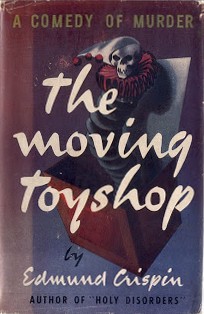
12 Apr The Age of Treachery: 1946 in books
I’m not saying that Duncan Forrester, who had a fairly busy year in 1946, read all the books here, but at least he might have picked them up in Foyles, Hatchards or even W. H., Smith and considered buying them.
Certainly, as a historian of the ancient world, he would have taken notice of this January offering:
It was the first of a new series to be known as the Penguin Classics, and was a translation by E. V. Rieu. Over the next ten years it was to become Britain’s best-selling book, and Forrester’s copy would soon be thick with annotations. I bought mine, dated 1946 (and full of annotations, possibly his), at a church bazaar in Havelock North in 1962. For sixpence.
Had Forrester happened to pick a copy of the Italian magazine Candido, he might have read the first story about an eccentric village priest named Don Camillo and his war with Peppone, the local boss of the Communist party. I think the omnibus volume of these delightful short stories came my way at that same 1962 church bazaar, and I devoured them like ripe cherries
Agatha Christie published her latest that year, a country house murder she said herself she ruined by introducing Hercule Poirot, after several years absence, in the last part of the book. The house she used as a model belong to one-time Poirot actor Francis L. Sullivan – best known to me as the evil, hypocritical Beadle in David Lean’s wonderful film version of Oliver Twist. I love unexpected connections.
But Forrester put The Hollow down in favour of Edmund Crispin’s ingenious detective yarn – if only because it has one of the most intriguing titles ever. There’s an indirect Hull link here, because the book is dedicated to Crispin’s fellow student at Oxford, Philip Larkin, later to become the librarian of Hull University. Hitchcock later nicked the merry-go-round climax for his film of Patricia Highsmith’s Strangers on a Train.
It’s not surprising, perhaps, that my Forrester was an enthusiast for the novels of his almost namesake, C.S., who came out with the latest book in the magnificent Napoleonic wars naval Hornblower saga that year. I think it was Churchill who said “I recommend them to every literate.” And how right he was.
Had Forrester know he would find himself in Greece that year, meeting its poets and playwrights in the most dramatic circumstances, he would undoubtedly have prepared himself by reading this. But the truth is he didn’t buy a copy until he came back, when he was in urgent need of distracti0n. But actually, at that point, Zorba’s philosophy about life was just what he needed.
Forrester glanced at Carson McCuller’s novel, but for some reason the idea of a story about a troubled adolescent did not appeal to him., though he later came to admire very much her much shorter book The Ballad of the Sad Cafe – another of his favourite titles.
Instead, he spent his money, which as a junior academic was in short supply, on the first in an intriguing looking fantasy series, Gormenghast, by Mervyn Peake. Who could resist a word like Gormenghast?
He also noted the arrival of a new American novelist, Gore Vidal, who had written a murder mystery set on an American navy ship in Arctic waters as a storm – the Williwaw of the title – bears down on them.
He considered buying Robert Pen Warren’s great political novel about the rise and fall of a corrupt Southern Governor, based on Huey Long, but decided to save it for later, when he had more time. Sad to say, he never did: but three years later he saw the movie, starring Broderick Crawford, and thought it was pretty good.
There were two other literary events that year, only one of which Forrester took note of. The first was the death of Gertrude Stein, of whom he knew little and cared less. The other was the passing of H.G. Wells, whose early science fiction stories had illuminated Forrester’s Humberside childhood and brought Martian monsters tramping, in his imagination, down Hull’s Hessle Road all the way to Whitefriargate. Forrester drank a toast to Wells with Tolkien, Ken Harrison and C.S. Lewis in the Eagle and Child.
The third event was known to few people, and seemed insignificant at the time. A journalist called Eric Blair, struggling with tuberculosis, took a train north to the Scottish island of Jura to spend the next 18 months writing a novel called The Last Man in Europe.
When it came out, in 1949, under another title, it became part of the twentieth century’s mental landscape.

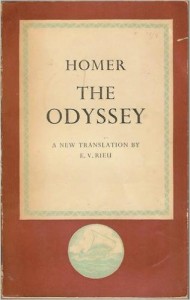
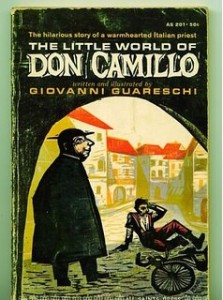
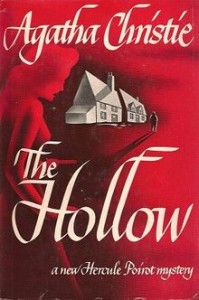
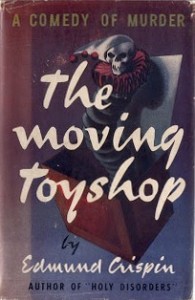
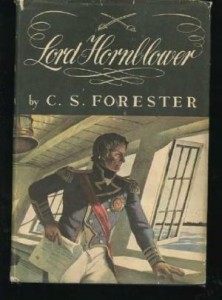
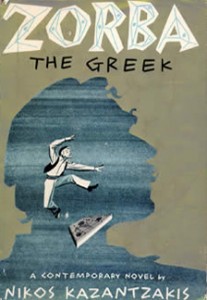
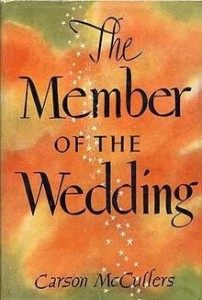


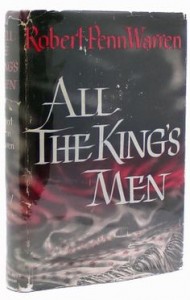
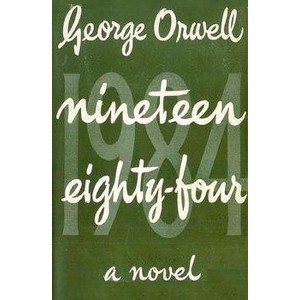
No Comments